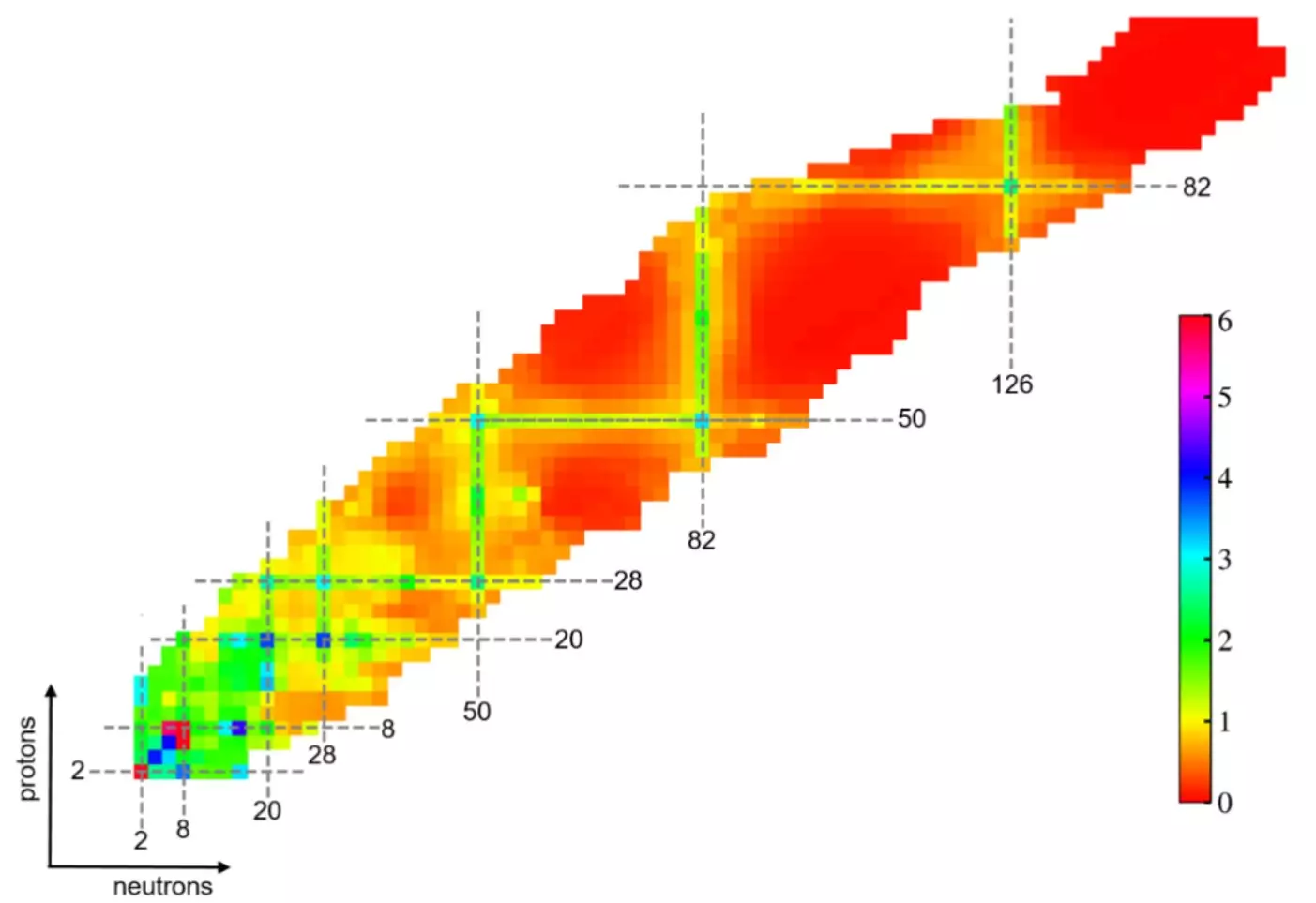The exploration of atomic nuclei has been a cornerstone of nuclear physics, revealing a fascinating interplay between protons and neutrons that constructs the very fabric of matter. In the 1930s, physicists discovered that certain quantities of these nucleons, specifically 2, 8, 20, 28, 50, 82, and 126, exhibit exceptional stability and are known as “magic numbers.” These magic numbers signify complete shells, akin to noble gases in atomic theory, and their identification serves as critical evidence for the shell model of nuclei. Yet, as scientific inquiry has deepened, researchers have begun to suspect that these magic numbers might not be as fixed as once thought. The questions that arise—”Are existing magic numbers still relevant in unstable nuclei? Are new magic numbers emerging?”—signal a potential shift in our understanding of nuclear structure.
In a groundbreaking study conducted by a consortium of scientists from the Institute of Modern Physics (IMP) of the Chinese Academy of Sciences, Huzhou University, and the University of Paris-Saclay, machine learning has been leveraged to probe the evolution of shell structure, particularly in nuclei located far from the stability valley. The integration of advanced computational techniques in atomic physics marks a revolutionary moment in the field, enabling researchers to glean insights from vast datasets that traditional methods might overlook. Machine learning, now a widely recognized tool across various disciplines, allows for intricate analyses that can lead to new discoveries about the fundamental properties of atomic nuclei.
This recent research emphasizes the unique character of two specific nuclei—tin-100 and oxygen-28. Tin-100 is identified as a doubly magic nucleus, demonstrating that its parameters align confidently with the established magic number 50. This reinforces the durability of certain magic numbers under various conditions, suggesting that while some aspects of nuclear structure may evolve, others remain steadfast. Conversely, the study revealed that the classic neutron magic number 20 appears to be absent in oxygen-28, indicating a significant departure from conventional wisdom. These findings prompt a reevaluation of our understanding of nuclear formation and stability, urging us to consider more dynamic models that accommodate both established knowledge and new evidence.
The researchers employed sophisticated machine learning algorithms to analyze myriad features of atomic nuclei. This approach facilitated a level of precision in modeling the experimental data that surpassed the outcomes of existing nuclear models and previous machine learning attempts. The researchers, including Wang Yongjia from Huzhou University, emphasized the accuracy achieved in reproducing low-lying excited states and electromagnetic transition probabilities, which are critical for validating the existence of magic numbers. The ability of these algorithms to adeptly handle complex datasets not only opens doors for new predictions but also enhances our understanding of atomic behavior in experimental scenarios.
The findings from this comprehensive study afford significant implications for future research in nuclear physics. The insights gained regarding the transition of magic numbers—and the potential emergence of new ones—can direct experimentalists towards more focused investigations of low-lying excited states and transition properties. Institutions like the High Intensity Heavy-ion Accelerator Facility in China and various international rare-isotope facilities may now apply these findings to refine their experimental methodologies, enhancing our comprehension of nuclear phenomena. As researchers continue to scrutinize the intricate details of atomic nuclei, the interplay between empirical results and theoretical predictions will only deepen, prompting ongoing exploration into the fabric of matter and uncovering new layers of physical reality.
Overall, as machine learning continues its ascent in scientific inquiry, it paves the way for transformative insights in nuclear physics, urging scientists to rethink established paradigms while unveiling the complexities that underpin atomic structure.

